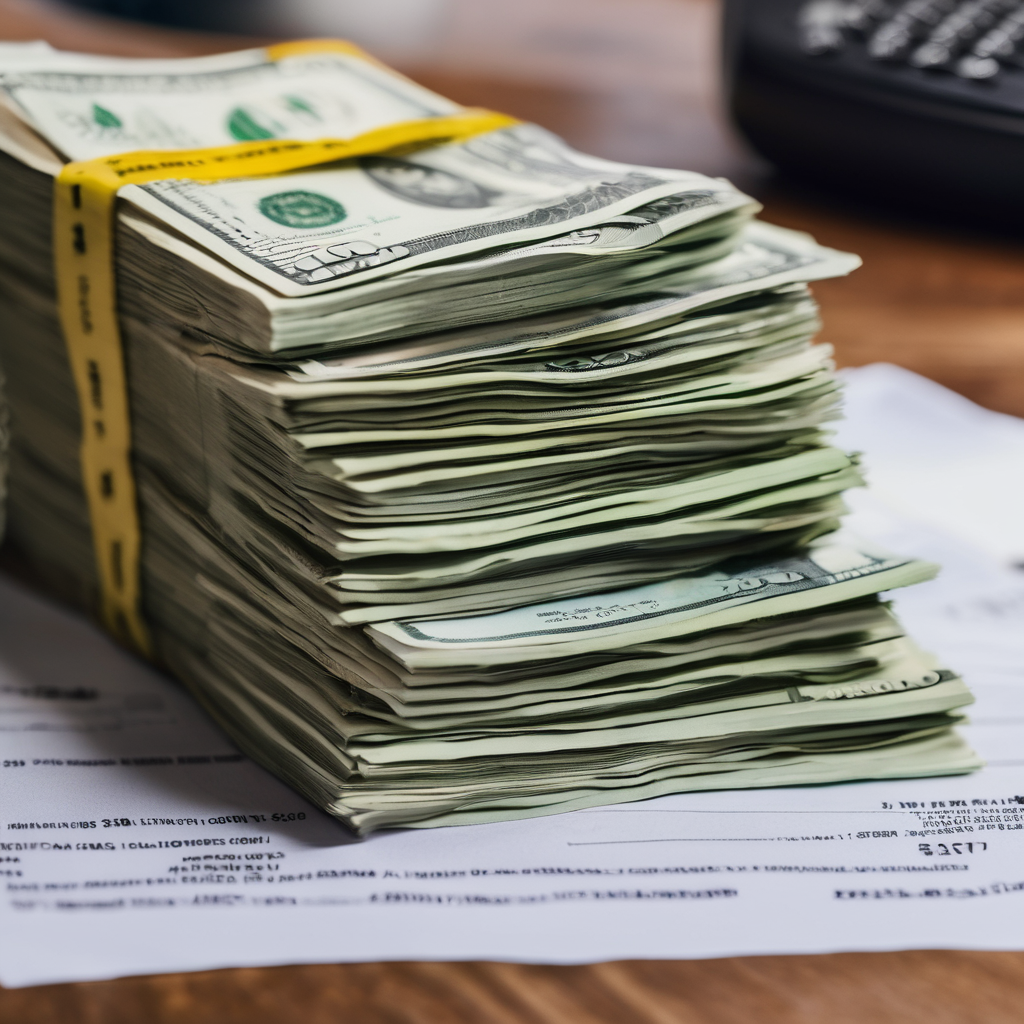Residents are eagerly seeking clarity on potential financial support as White House Press Secretary Karoline Leavitt announced that the Trump administration is “exploring all legal options” for distributing $2,000 checks to Americans. This announcement follows President Donald Trump’s comments on Nov. 9 via his Truth Social account, where he indicated a desire to send a dividend of at least $2,000 to all citizens, excluding those with high incomes.
During a press briefing on Nov. 12, Leavitt confirmed that while there is no established timeline for the payments, the President is committed to making it a reality. “I don’t have a timeline for you or any further details, but I can confirm for you that the president made it clear he wants to make it happen,” she stated, adding that the Economic Advisors team is actively looking into it.
The concept of a dividend rebate was initially proposed by Trump in July, suggesting that revenue from tariffs could fund these payments, which he described as a way to provide a “little rebate” while primarily focusing on debt reduction.
Despite growing optimism around the potential checks, the feasibility remains uncertain. According to the Committee for a Responsible Federal Budget, a nonpartisan organization that analyzes fiscal policies, the estimated cost for an initial round of $2,000 checks could reach about $600 billion. In contrast, the current tariff income is approximately $100 billion. The committee insists it is crucial that any additional tariff revenue should be directed toward reducing the national debt, currently exceeding $38 trillion, rather than being distributed to taxpayers.
For such payments to materialize, they must receive Congressional approval. This isn’t the first instance Trump has broached the subject of direct payments; he hinted at a different stimulus plan in February, proposing checks funded through a ‘DOGE dividend,’ associated with the Department of Government Efficiency initiative led by Elon Musk.
Eligibility for the proposed $2,000 checks appears to be aimed at families with earnings of $100,000 or below, as indicated by Treasury Secretary Scott Bessent on Nov. 12.
As discussions continue, many Americans hope for financial relief, eagerly watching for updates from federal officials regarding the status of these potential payments.
